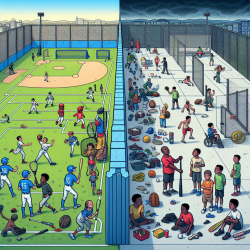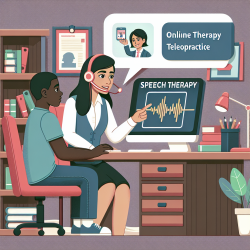Physical activity is crucial for the healthy development of children and adolescents, offering numerous benefits such as improved mental health, better academic performance, and reduced risk of obesity. However, a significant barrier to achieving these benefits is the inequitable distribution of opportunities for physical activity and sports participation among youth from different socioeconomic backgrounds.
The Research Findings
A recent study published in the International Journal of Environmental Research and Public Health highlights stark disparities in youth sports participation based on socioeconomic status. The research conducted in King County, Washington, surveyed students from grades 5 through 12 to understand their experiences with physical activity and sports.
The findings revealed that children from low-affluence families reported fewer days of physical activity per week, sampled fewer sports, and had lower rates of ever playing organized sports compared to their peers from high-affluence families. This disparity was attributed to several modifiable barriers such as cost, transportation issues, and feelings of not being welcome on teams.
Actionable Strategies for Practitioners
For practitioners working with youth in schools or community programs, understanding these barriers is essential for fostering an inclusive environment where all children can thrive. Here are some strategies to consider:
- Promote No-Cut Teams: Encourage schools to adopt no-cut policies for sports teams to ensure all students have the opportunity to participate regardless of skill level.
- Diversify Coaching Staff: Support initiatives that bring more diversity into coaching roles by including people of color, women, LGBTQ individuals, and people with disabilities.
- Address Transportation Barriers: Work with local governments to provide free or subsidized public transportation for youth attending sports practices and games.
- Create Welcoming Environments: Train coaches and staff on unconscious bias and inclusive practices to make all students feel welcome and valued.
- Collaborate Across Sectors: Partner with community organizations, public agencies, and private sectors to develop comprehensive strategies that address cost barriers and increase access to sports facilities.
The Importance of Further Research
This study underscores the need for ongoing research into how socioeconomic factors affect youth participation in physical activities. Practitioners are encouraged to stay informed about new findings and integrate evidence-based strategies into their programs. By doing so, they can help bridge the gap in access to physical activity opportunities among children from diverse backgrounds.
To read the original research paper titled "Socioeconomic Inequities in Youth Participation in Physical Activity and Sports", please follow this link.










